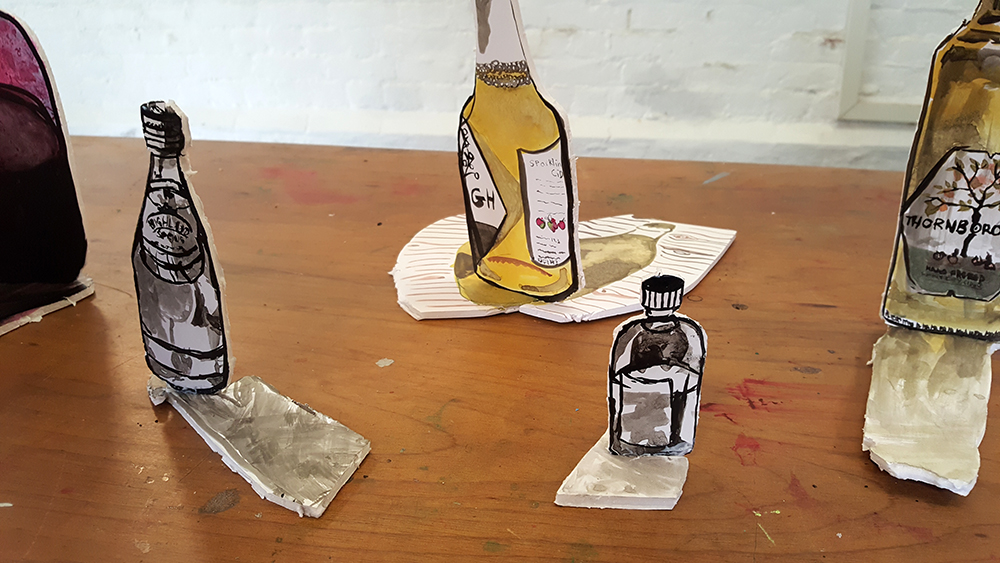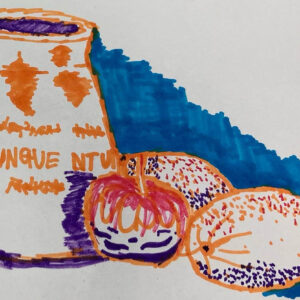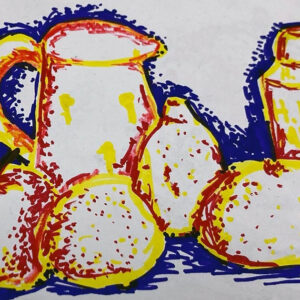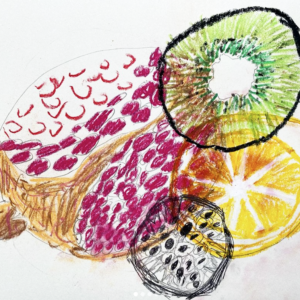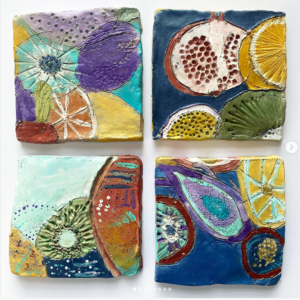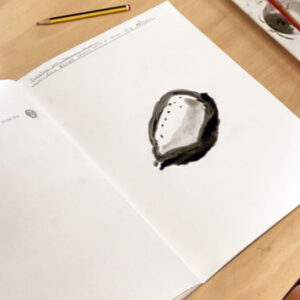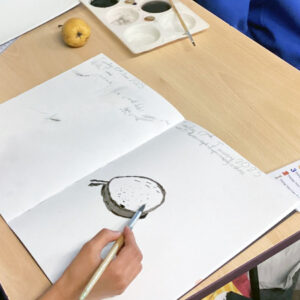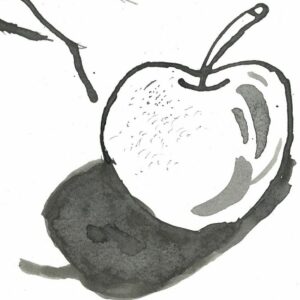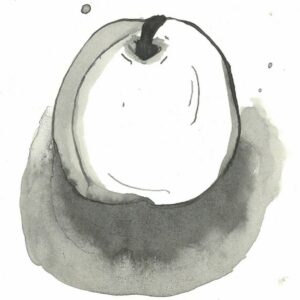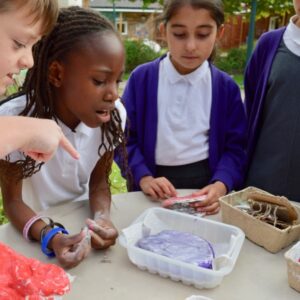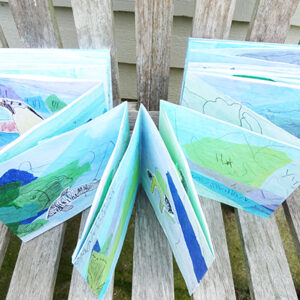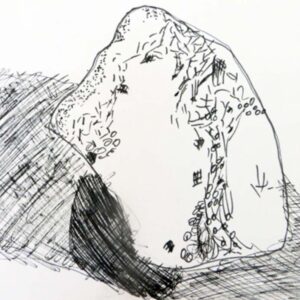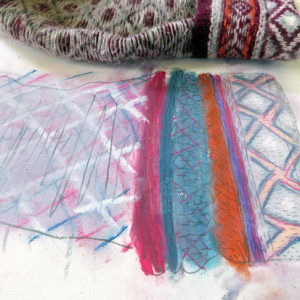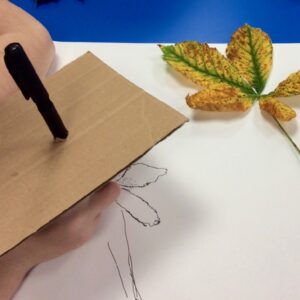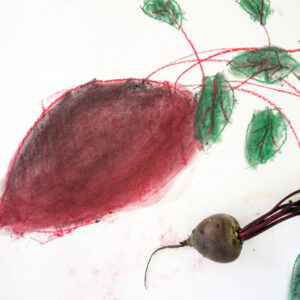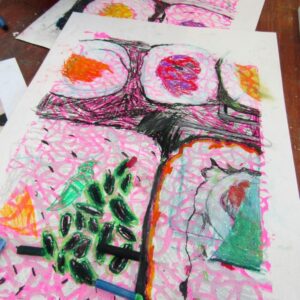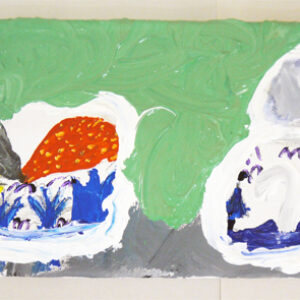Pathway: Exploring Still Life
Pathway for Years 3 & 4
Disciplines:
Painting, Drawing, Collage, Sketchbooks, Relief
Key Concepts:
-
That when artists make work in response to static objects around them it is called still life.
-
That still life has been a genre for many hundreds of years, and is it still relevant today.
-
That when artists work with still life, they bring their own comments and meaning to the objects they portray.
-
That we can make a still life creative response in many media: drawing, painting, collage, relief…
-
That we can use line, shape, colour, texture, and form to help us give meaning to our work, and explore composition, foreground, background, and negative space.
In this pathway children are introduced to the genre of still life as an old art form and also one which is still enjoyed by many contemporary artists. Pupils revisit and develop their drawing (and looking) skills using observational drawing of physical objects, and then go on to explore a project, either working in collage, photography and paint, clay relief, or graphic still life.
Along the way children consolidate and develop their understanding of how we can use line, shape, colour, texture, form and composition to make their work.
Medium:
Acrylic or poster paint, pen, pencil, ink, clay (depending upon project chosen)
Artists: Paul Cezanne, Peter Claesz, Melchior d’ Hondecoeter, Jan Davidsz, Jacob Vosmaer, Hilary Pecis, Nicole Dyer, Baas Meeuws, Hirasho Sato
If you use this resource in your setting, please tag us on social media: #InspiredBy @accessart (facebook, twitter) @accessart.org.uk (instagram) and share the url. Thank you!
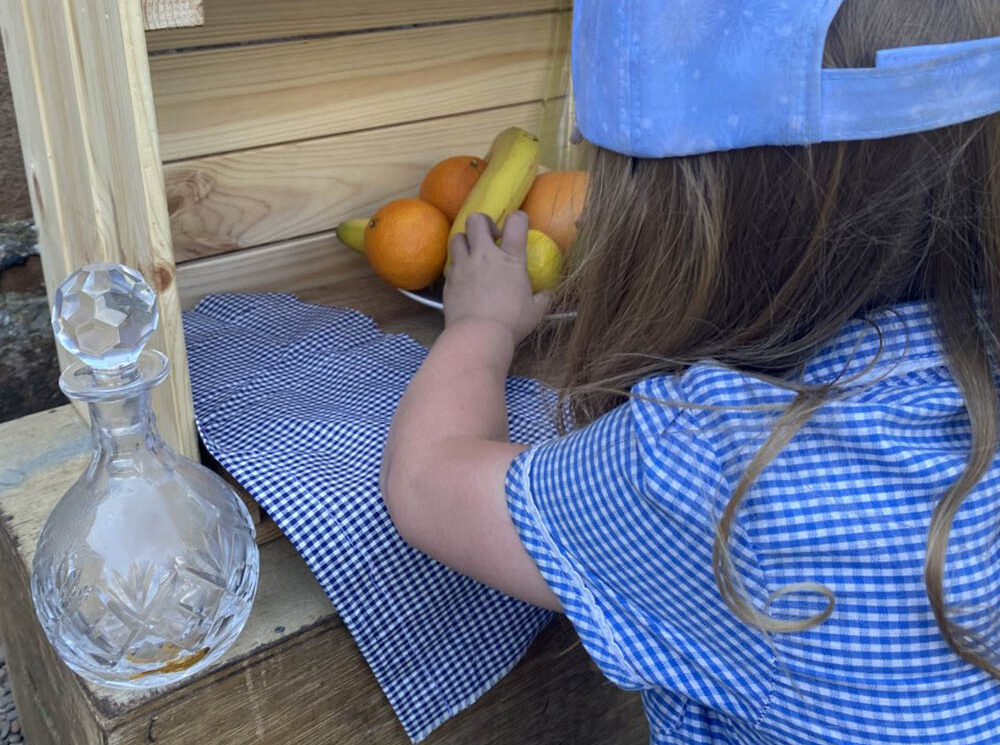

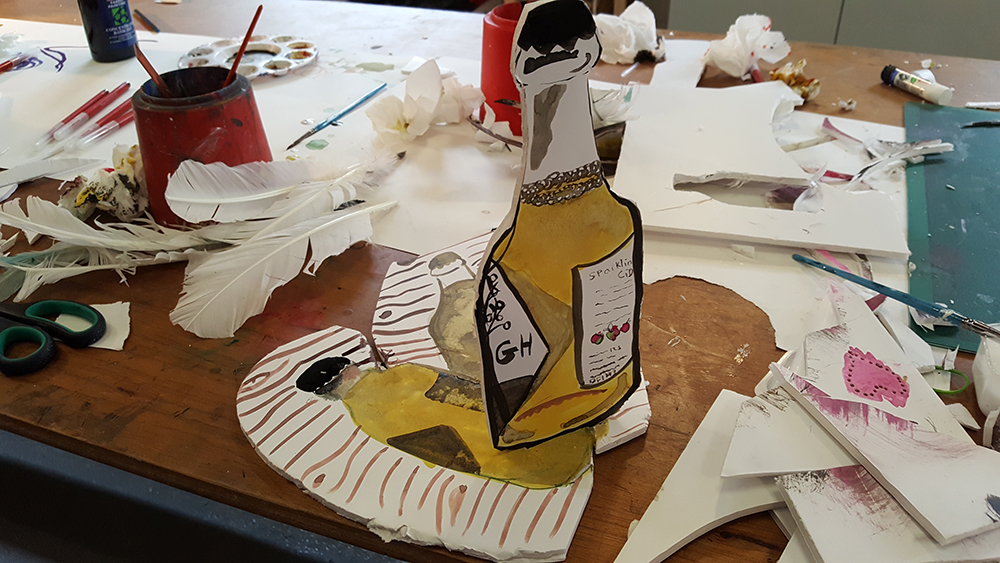

Teaching Notes
Find the MTP for this pathway here.
Please find the CPD session recording of the Exploring Still Life pathway here.
Curriculum Links
History: Depict objects related to your chosen ancient civilisation topic or even arrange for a museum handling collection to visit your school.
Maths: 2D and 3D shapes, Pattern (on object).
Science: Plants, trees and flowers, rocks and fossils, light and shadow (explore all of these through your still life arrangement).
I Can…
-
I have explored the work of contemporary and more traditional artists who work within the still life genre.
-
I have felt able to express my thoughts about other artists’ work, and talk about the meanings of objects as artists present them.
-
I can use my sketchbook to make visual notes, record and reflect.
-
I can draw from observation and think about how I can use line, colour, shape, texture, form and composition to make my artwork interesting.
-
I can present and share my artwork, and explain how my sketchbook work helped build my knowledge and skills towards my final piece.
Time
This pathway takes 6 weeks, with an hour per week. Shorten or lengthen the suggested pathway according to time and experience. Follow the stages in green for a shorter pathway or less complex journey.
Materials
Soft B pencils, cartridge paper, sharpies or felt tip pens, handwriting ink or watercolour (undiluted or thick & diluted down to a wash), a fine brush and a thick brush, a small, solid object to draw.
Option 1: Cut Paper Collage Still Life – (to make the collage papers) A2 cartridge paper, A3 coloured sugar paper, sponges, brushes, bubble wrap scraps, acrylic or ready mixed paint (to make the collage), a still life arrangement, PVA glue, scissors.
Option 2: Cezanne Paintings to reference (digitally and printed), a still life arrangement (textured cloths/tea towels, colourful fruits, large bowls, glass vase or bottle, tea pot etc), large pieces of card in various colours for background, iPads/tablets/digital camera/iPhone for photographing.
Option 3: Clay Fruit Tiles – Selection of fruit and vegetables, drawing materials: charcoal, graphite, pencil, chalks, pastels, paper, card, tissue paper, scissors, cardboard, camera, photocopier or tracing paper, clay, clay tools, rolling pins, clay knives, boards, plastic bags, sponges, water pots, brushes, toothbrush and water (for joining clay onto your tile), acrylic paint.
Option 4: Graphic Inky Still Life – Inks, foamboard or cardboard, quills/brushes/pens, craft knife and cutting mat, PVA glue, variety of bottles to draw.
See the Pathway Used in Schools...
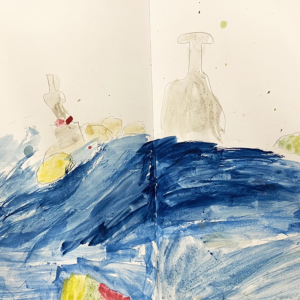
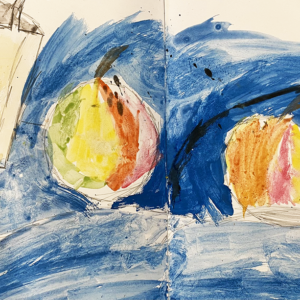
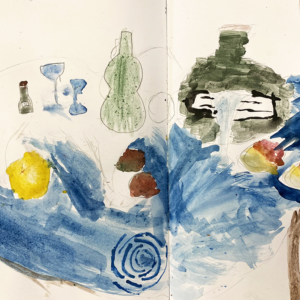
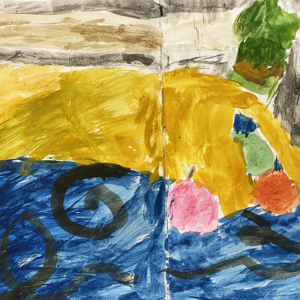
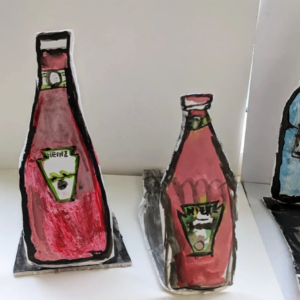
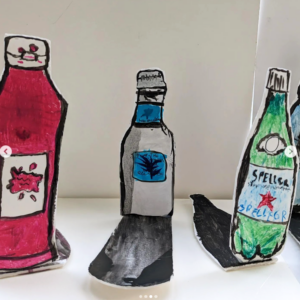
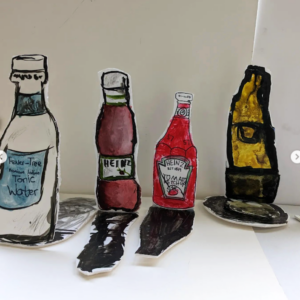
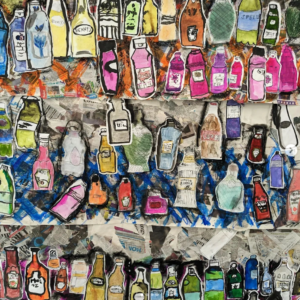
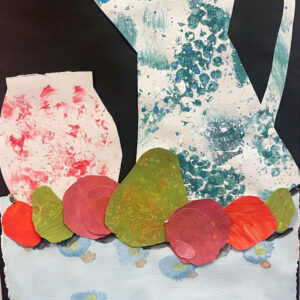
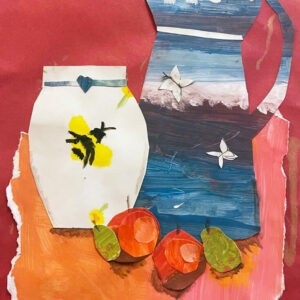
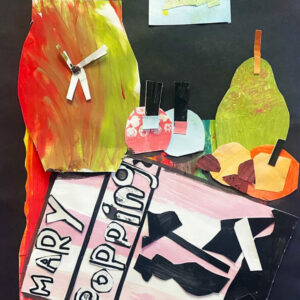
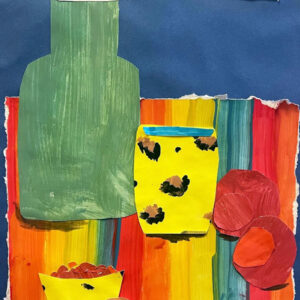

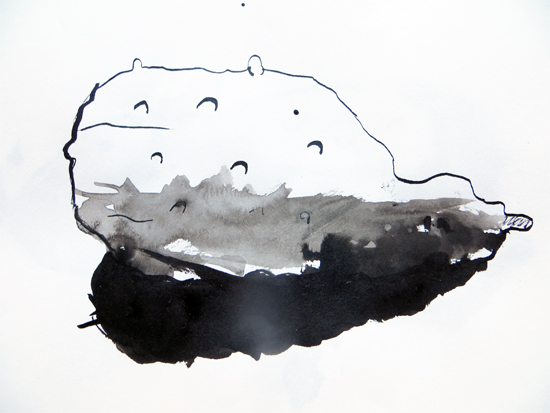
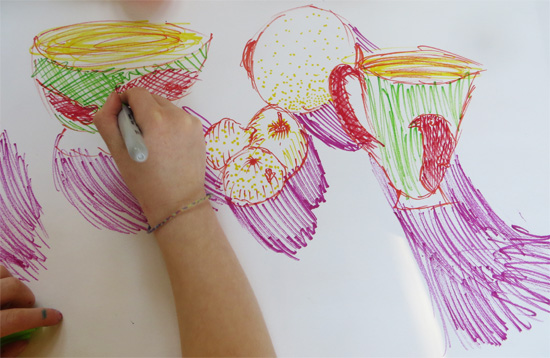
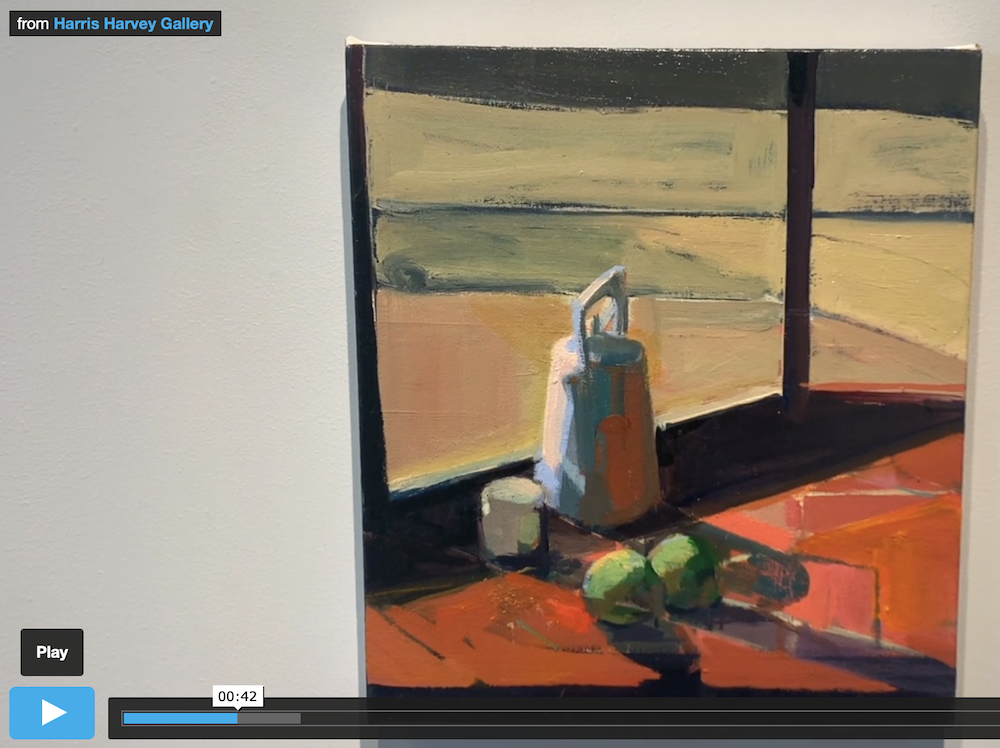

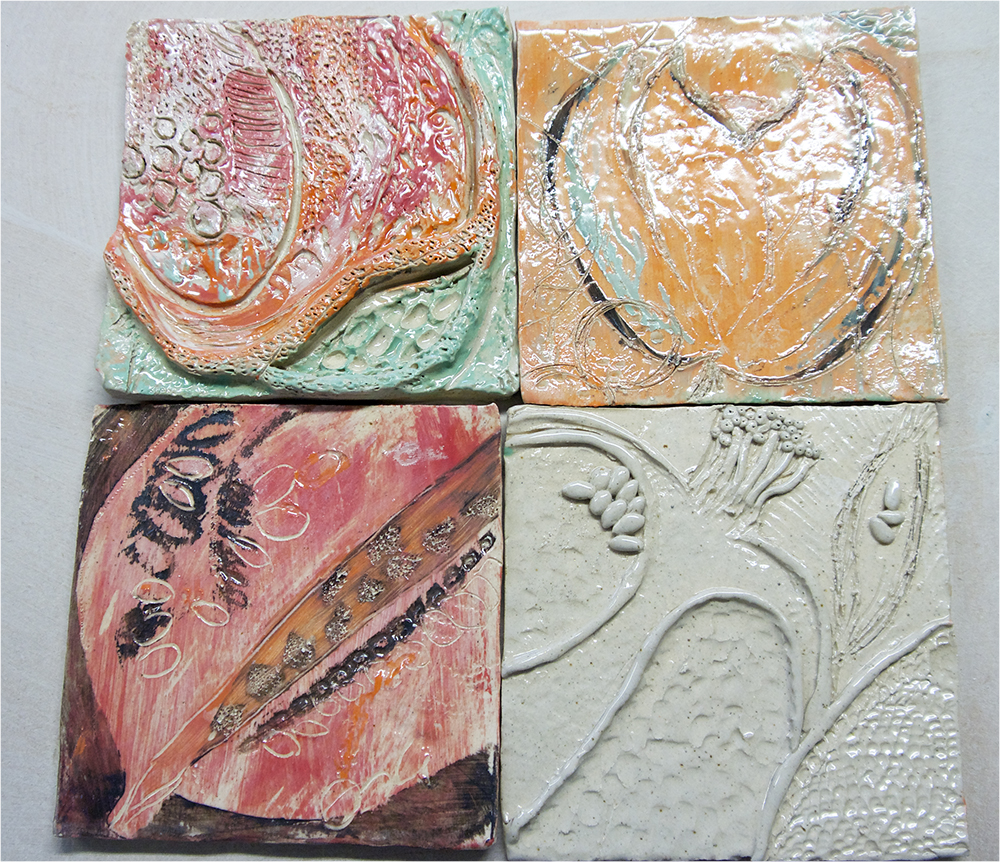 Give children the opportunity to work with clay to make decorative “
Give children the opportunity to work with clay to make decorative “

